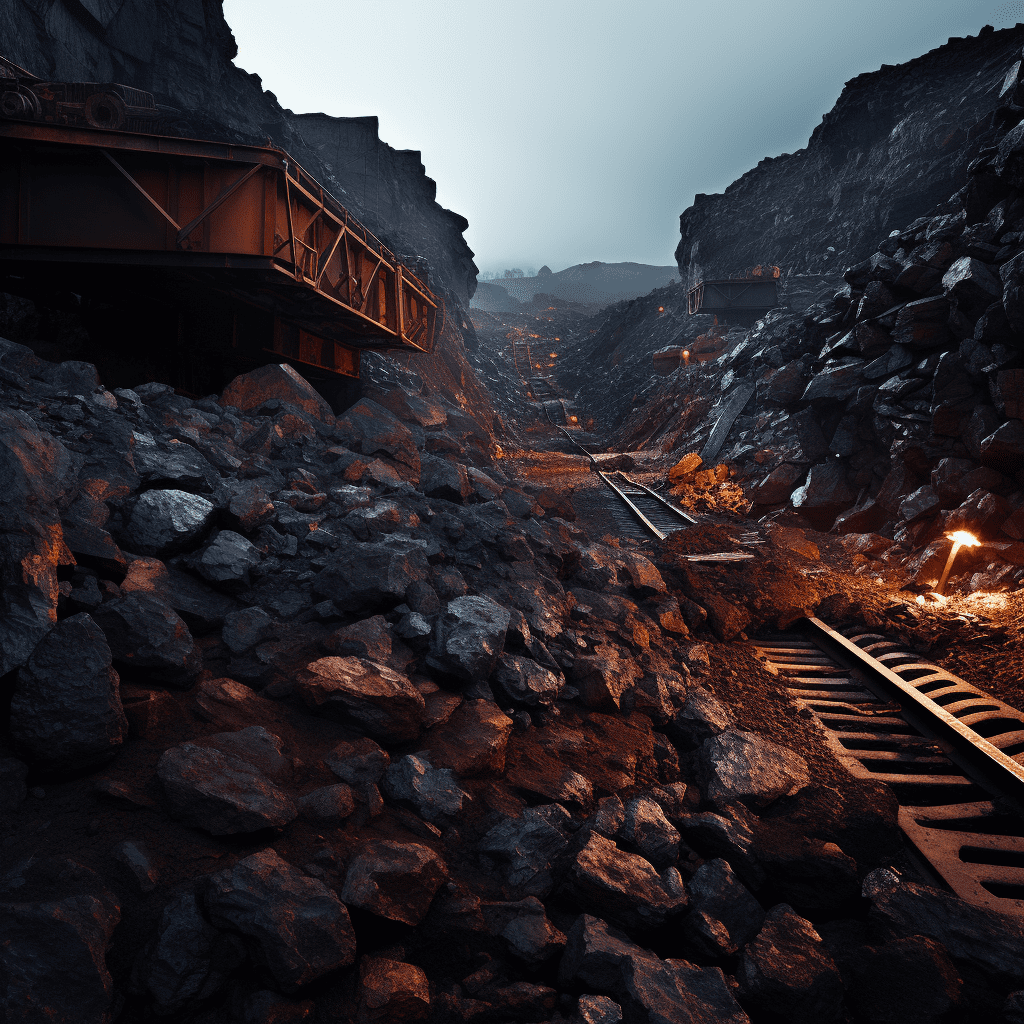Blastr Green Steel is exploring Lutelandet as a potential site for a carbon-neutral pellet plant, aimed at transforming the steel production landscape. This facility will produce direct reduction (DR) pellets, essential for creating ultra-low CO₂ steel, significantly reducing emissions in the steel manufacturing process.
What Is the Significance of Lutelandet for Blastr Green Steel?
Lutelandet, located on Norway’s west coast, presents several advantages for Blastr Green Steel:
- Industrial Infrastructure: The area has existing industrial facilities that can support the development of the pellet plant.
- Access to Renewable Energy: The site benefits from hydropower and nearby wind farms, which are crucial for sustainable operations.
- Proximity to Deepwater Port: The North Sea deepwater port allows for efficient logistics and transportation of raw materials and finished products.
How Will the Pellet Plant Contribute to Carbon-Neutral Steel Production?
The proposed pellet plant will play a critical role in achieving carbon neutrality in steel production:
- Production Capacity: The facility aims to produce over 6 million tonnes of DR pellets annually, with approximately half directed to Blastr’s steel plant in Inkoo, Finland.
- Emission Reduction: By utilizing DR pellets, Blastr intends to achieve over a 90% reduction in Scope 1-3 CO₂ emissions compared to traditional steelmaking processes.
| Key Features | Details |
|---|---|
| Annual Production | 6 million tonnes of DR pellets |
| Emission Reduction Goal | Over 90% reduction in CO₂ emissions |
| Job Creation | Approximately 120 direct jobs and many indirect jobs |
What Steps Is Blastr Taking to Develop the Pellet Plant?
Blastr Green Steel is actively pursuing several steps to advance the development of the Lutelandet pellet plant:
- Signing Letters of Intent (LOIs): Agreements with local partners like Lutelandet Offshore Site & Drydock (LLOF) and Htwo-Fuel have been established to explore site potential and secure power capacity.
- Feasibility Studies: Detailed engineering and permitting processes are planned following site selection, which is expected by the end of 2023.
- Investment Planning: The company anticipates an investment exceeding €1 billion for the pellet plant, with production expected to commence in 2027.
Why Is Decarbonization Important for the Steel Industry?
Decarbonization is crucial for the steel industry due to its significant contribution to global greenhouse gas emissions:
- Environmental Impact: Traditional steel production is responsible for approximately 7% of global CO₂ emissions. Transitioning to low-emission technologies is vital for climate goals.
- Regulatory Pressures: Increasingly stringent environmental regulations are pushing industries towards sustainable practices.
- Market Demand: There is growing demand from consumers and businesses for sustainable products, making decarbonization not only environmentally necessary but also economically advantageous.
How Does Blastr Plan to Ensure Sustainable Operations at Lutelandet?
Blastr Green Steel is committed to sustainability through various operational strategies:
- Renewable Energy Utilization: The plant will primarily rely on renewable energy sources, reducing its carbon footprint significantly.
- Integrated Value Chain: By producing both DR pellets and ultra-low CO₂ steel at interconnected facilities, Blastr aims to optimize resource use and minimize waste.
- Community Engagement: Collaborating with local stakeholders will ensure that the plant’s development aligns with community interests and contributes positively to the local economy.
What Are the Expected Economic Benefits of the Pellet Plant?
The establishment of the pellet plant in Lutelandet is expected to yield substantial economic benefits:
- Job Creation: The project will create around 120 direct jobs and numerous indirect employment opportunities in related sectors.
- Local Investment: An estimated investment exceeding €1 billion will stimulate local economies through increased business activity and infrastructure development.
- Synergy Opportunities: Co-locating with other green industries can foster collaboration and innovation within the region.
Latest News
As of November 2024, Blastr Green Steel has made significant strides in its plans for a carbon-neutral pellet plant at Lutelandet. The company has signed multiple agreements with local partners to explore site viability and secure renewable energy sources. With an investment exceeding €1 billion anticipated, production is targeted to begin by 2027. This initiative represents a major step toward decarbonizing the steel industry while boosting local economies.
Editor Comment
“Blastr Green Steel’s initiative at Lutelandet exemplifies how innovative approaches can lead to substantial environmental benefits while fostering economic growth. By prioritizing sustainability in steel production, they are setting a benchmark that could inspire similar projects globally.”
FAQ
What are direct reduction pellets?
Direct reduction pellets (DR pellets) are iron ore pellets used as feedstock in low-emission steel production processes, significantly reducing CO₂ emissions compared to traditional methods.When is production expected to start at the Lutelandet pellet plant?
Production at the Lutelandet pellet plant is expected to commence in 2027, following detailed engineering and permitting processes.How will Blastr Green Steel reduce emissions?
Blastr plans to utilize renewable energy sources and advanced technologies that allow for over a 90% reduction in CO₂ emissions compared to conventional steelmaking practices.
Conclusion
Blastr Green Steel’s exploration of Lutelandet as a site for its carbon-neutral pellet plant marks a significant advancement toward sustainable steel production. By focusing on renewable energy utilization and integrated operations, Blastr aims not only to reduce emissions but also to contribute positively to local economies through job creation and investment. This initiative could serve as a model for future green industrial projects globally.



